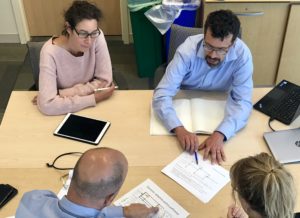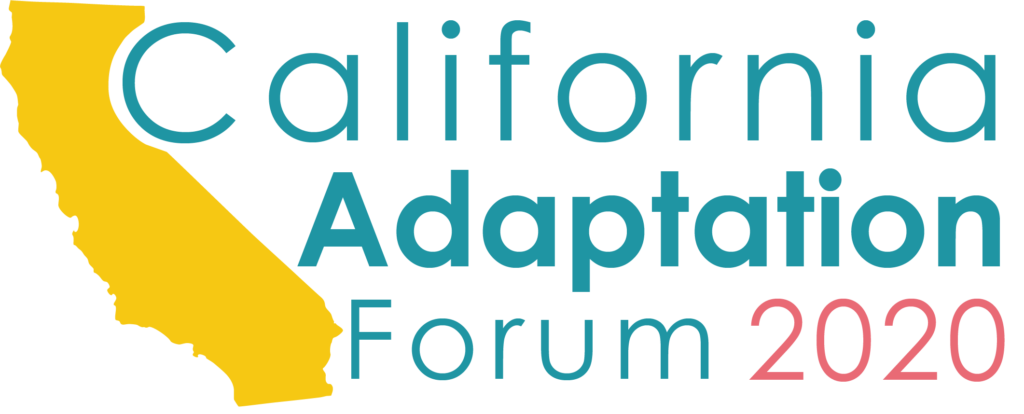
How do you find the right path for your climate change adaptation journey? Then, once you’re on that path, what if circumstances change, should you change to another path? Helping answer these simple questions is at the heart of an emerging tool to help guide Californian adaptation practitioners – Adaptation Pathways.
The technique starts with a simple premise. The future is, by definition, uncertain. So, predicting how the future will change, what the impacts of these changes will be, and then how best to adapt to these impacts is also fundamentally uncertain. Today, for example, the range of projections of sea level rise to the end of the century has widened, not narrowed, when factoring in emerging research. Rather than fearing this uncertainty, Adaptation Pathways harnesses it. By assuming that things will change in the future, the Adaptation Pathways approach helps us structure our thinking about how to work out what we should be monitoring to detect change – called Signposts in Adaptation Pathway analysis.
If a signpost suggests that a critical threshold is about to be reached, then a change of path may be needed. Such a threshold could be a physical threshold, for example a measured height of sea-level rise, or an impact threshold, for example an increase in the number of critical assets impacted by extreme heat. Thinking this through in advance of thresholds being reached provides decision-makers with transparency and engagement; and also enables community dialogue by providing a common language to discuss challenging long-term adaptation issues.
Adaptation pathways embraces the inevitability of changing circumstances over time, thereby reducing the risk of ‘locked in’ adaptation actions. The approach sets out thresholds that establish limits on when pre-determined levels of climate change risks are met. Adaptation pathways also help define signposts, ensuring decision-appropriate information is collected to determine if an adaptation plan is successful or if alternative adaptation pathways should be taken if specific thresholds are exceeded.
The California Adaptation Forum will provide a space to discuss the emerging application of Adaptation Pathway analysis in California. Speakers from the San Francisco Public Utilities Commission (see above) and Sempra Energy, representing early adopters, will discuss their initial lessons learned. Staff from Sonoma Ecology Center and the City of Santa Cruz will share their thoughts on how Adaptation Pathways can be applied to advancing adaptation planning in their jurisdictions. I will moderate the session to both share my own experiences on the opportunities for applying Adaptation Pathways to critical Californian adaptation challenges, and to stimulate discussion on this emerging technique.
To learn more about Adaptation Pathways start by watching the excellent 5-minute video featuring Marjolijn Haasnoot. Then move onto reading her 2013 paper Dynamic Adaptive Policy Pathways: A Method for Crafting Robust Decisions for a Deeply Uncertain World.
Please come and join our discussion on Tuesday 28th August under the Taking Action Under Uncertainty track. Hope to see you there!
 |
Robert Kay has more than 25 years of experience in climate change impact assessment adaptation and coastal zone management. He is an invited keynote speaker, author and consultant to the UN. He has a unique background of management and policy experience combined with his technical background in climate change vulnerability impacts and adaptation assessment, geomorphology and coastal planning and management. His work focuses on helping both developed and developing countries to prepare for climate change impacts and guide cost-effective, equitable adaptive responses. |

